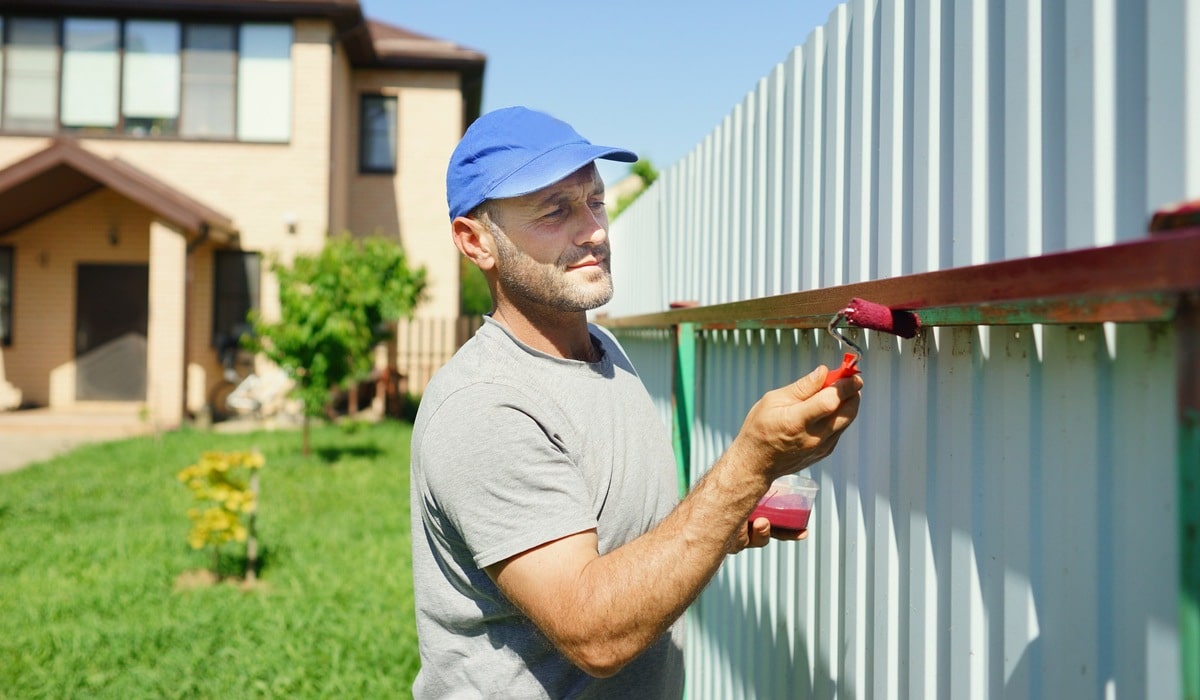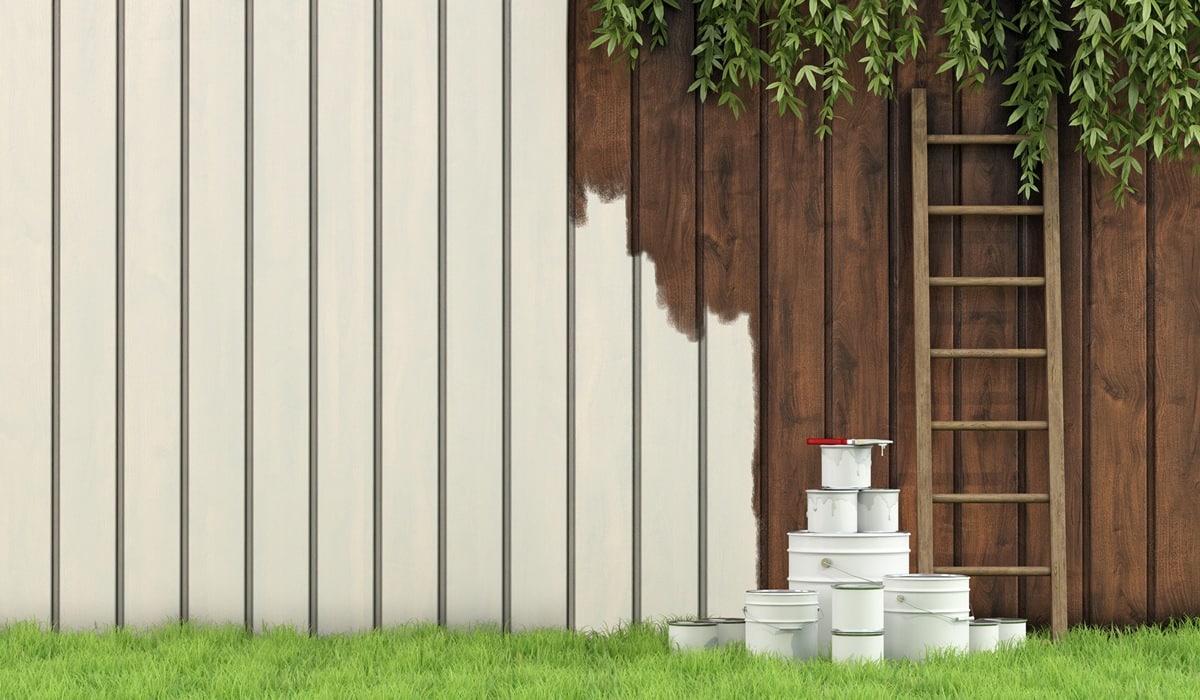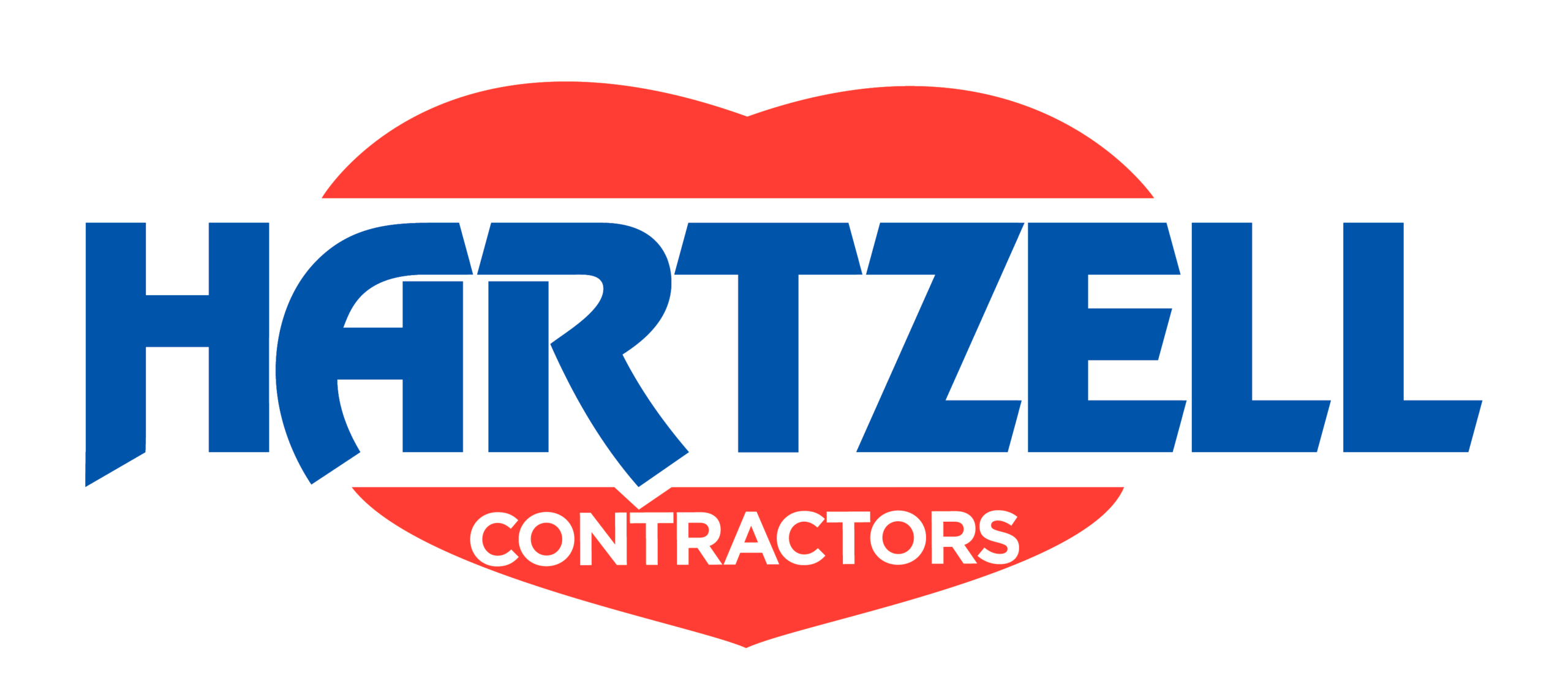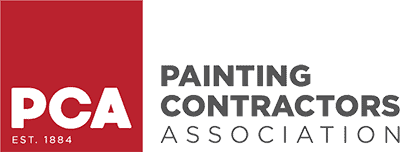If you’ve been thinking about repainting your backyard fence, you’ve probably wondered whether priming wood fence before painting is really necessary. While some homeowners try to skip this step, professional fence painters will tell you it’s one of the most important parts of the job. In fact, professional fence painters know that priming can be the difference between a paint job that lasts for years and one that starts peeling after just one season.
Key Takeaways:
- Priming protects your fence from moisture and sun damage.
- Skipping primer can shorten the life of your paint job.
- The right primer can help your paint stick better.
- Professional fence painters always prime for lasting results.

Priming Wood Fence Before Painting: Why It Matters
Primer isn’t just another coat of paint. It’s a special layer that prepares the wood so paint can adhere better. Without primer, your paint may not bond well to the surface, which can cause flaking, cracking, or peeling.
Priming also helps block stains and discolorations from bleeding through your paint. This is especially important if your fence is made from wood like cedar or redwood, which contain natural tannins that can seep through and ruin the finish.
A properly primed fence creates a smoother surface, giving your paint an even, professional look. It also means fewer coats of paint are needed, which can save you money on materials.
How Primer Protects Your Fence
Your fence is exposed to the sun, rain, wind, and fluctuating temperatures year-round. Primer adds a barrier that helps prevent moisture from soaking into the wood. It also offers UV protection, which reduces fading and warping over time.
A quality exterior wood primer seals the surface so your topcoat doesn’t have to work as hard. This results in a longer-lasting paint job and reduced maintenance costs. By preventing moisture infiltration, primer also helps prevent the growth of mold and mildew, which can damage the wood’s structural integrity.
Common Mistakes Homeowners Make
Even if you choose to prime, mistakes in the process can undermine its benefits. Some common errors include:
- Applying primer to a dirty surface.
- Skipping sanding on rough or peeling areas.
- Using the wrong type of primer for the wood.
- Applying primer too thinly or unevenly.
Each of these can cause adhesion issues or leave your fence vulnerable to weather damage.
When You Can Skip Priming
There are rare cases where you might skip primer. For example:
- If you’re applying a solid-color stain instead of paint.
- If your fence is brand-new, pre-treated, and in perfect condition.
- If you’re re-coating an existing paint job that’s still in good shape.
Even then, priming can still be beneficial, especially if you want maximum durability. Skipping primer is almost always a trade-off between time saved now and repairs needed later.
Choosing the Right Primer
Professional fence painters often recommend oil-based primers for raw wood because they penetrate deeply and block tannin bleed. Latex primers can be a good choice if you prefer easy cleanup and faster drying times.
Specialized primers are available for problem surfaces — for example, stain-blocking primers for older fences, or bonding primers for glossy finishes. Always choose a primer designed for exterior wood surfaces, and follow the manufacturer’s instructions for application.
Step-by-Step Guide to Priming a Fence
If you’re taking the DIY route, follow these steps:
- Clean the Fence – Remove dirt, mildew, and old flaking paint with a pressure washer or stiff brush.
- Sand the Surface – Smooth rough areas and feather out edges where paint has chipped.
- Repair Damage – Replace broken boards and fill cracks with exterior wood filler.
- Choose the Right Primer – Select an exterior primer suited to your wood type and weather conditions.
- Apply Evenly – Use a brush for edges and tight spots, and a roller or sprayer for larger areas.
- Allow Proper Dry Time – Don’t rush the paint coat; wait as long as the product recommends.

DIY vs. Professional Priming
While priming isn’t complicated, it is time-consuming. A pro will have the tools, techniques, and knowledge to ensure an even coat and thorough coverage. They also know how to spot potential problems in the wood before painting starts, which can save you headaches later.
If you’re aiming for a long-lasting, flawless finish, hiring professional fence painters can save you hours of labor and frustration — and help you avoid costly mistakes.
Seasonal Considerations for Priming
Weather plays a big role in the success of your priming job. The best time to prime a fence is during mild, dry weather — ideally between 50°F and 85°F. Humidity should be low to allow the primer to dry properly.
Avoid priming in direct sunlight, as this can cause the primer to dry too quickly, leading to adhesion issues. In colder climates, late spring and early fall are often ideal times.
Long-Term Benefits of Priming
A well-primed fence:
- Maintains its appearance longer.
- Requires fewer repaints over the years.
- Resists cracking, peeling, and blistering.
- Stays structurally sound longer.
This means you not only save money on paint but also protect the value and curb appeal of your property.
Final Thoughts
Skipping primer might seem like a time-saver, but in reality, it often leads to more work down the road. Whether you’re tackling the project yourself or hiring a professional, priming wood fence before painting is a smart investment in both beauty and longevity.
For expert fence painting and priming services, contact Hartzell Painting today at 954-280-6327. Our team of professional fence painters will help you get a beautiful, durable finish that stands the test of time.

